What is a secretary loop and how to install it?
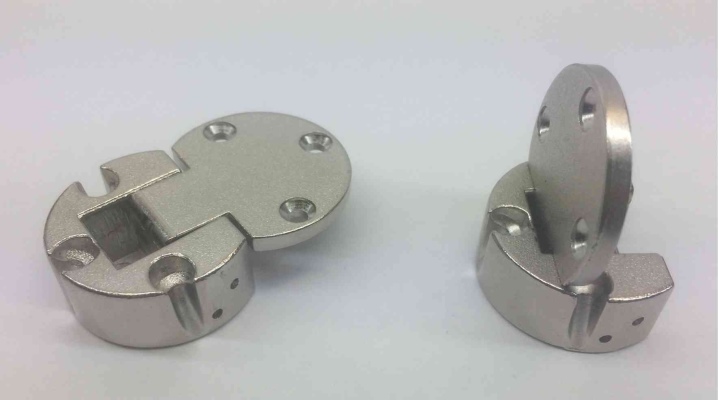
By its design, the furniture secretary hinge resembles a card one, however, it has a slightly more rounded shape. Such products are indispensable for the installation of sashes that open from bottom to top or top to bottom.
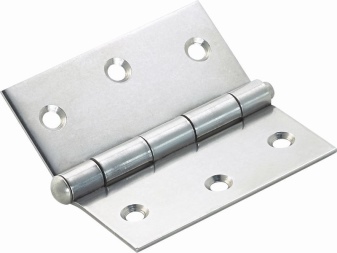

Description and purpose
When the door is closed, the secretary hinges become invisible, some of them have a rather complex scheme of operation and up to three pivot axes. These devices have become an integral part of hinged door designs, ensure their accurate opening, being the main bearing element of the doors. From a technical point of view, products of this type are a combination of card and overhead hinges.
The main difference between secretary models and other similar options is their miniature size. They are most often used for doors that open horizontally. During installation, they can both cut into the surface of the door or base, or simply be attached to the screws.
It depends on the type of buttonhole model.


These functioning mechanisms provide:
- high mobility of the door leaf;
- the reliability of the sash fastening;
- long period of service.
Products have their own advantages:
- are regulated in three directions at once without the need for their preliminary dismantling;
- provide a snug fit of the sash to the box with the same gaps;
- have a large opening angle (up to 180 degrees).
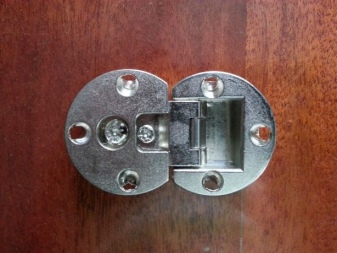
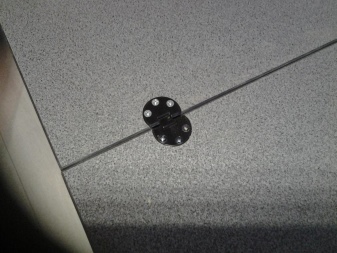
Species overview
There is a wide variety of these hidden hinges on the market. Of these, the most in demand are the bar, as well as models for secretaries and kitchen furniture.
Depending on the operating parameters, the following structures are distinguished:
- upper;
- lower;
- universal.
Universal models can be fixed both from the top and from the bottom, and the rest of the models - only for their intended purpose.

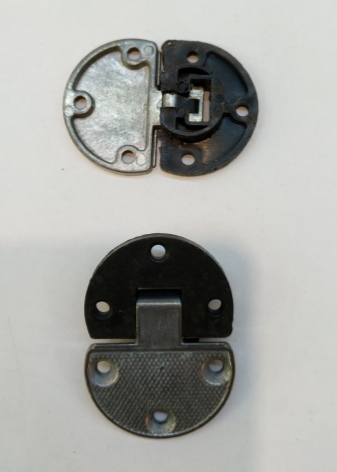
Traditionally, hidden hinges are made from stainless steel, brass or regular steel. The most budgetary option is steel. However, the decorative coating applied to them is quickly erased. In addition, these products are sensitive to moisture. A more practical option would be stainless steel products. They are not afraid of temperature changes and the effect of moisture, but they are presented on sale in only one - steel - color.
The standard hinge width is 25-30 mm. Depending on the load that they will experience, the hinges can be thicker (D40) or thinner (D15).
Some manufacturers produce hidden hinges with special anti-removable caps.
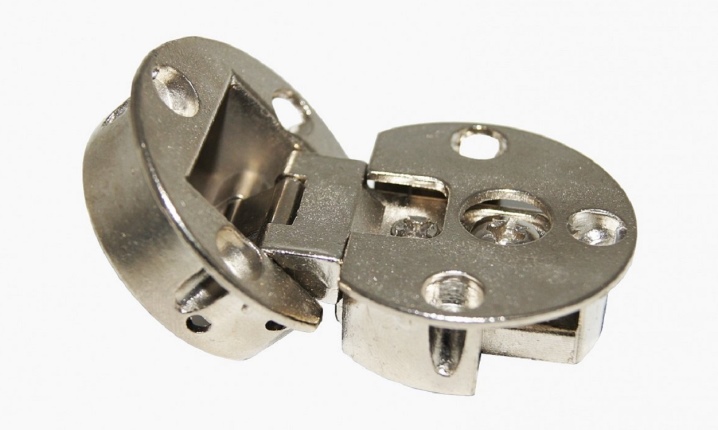
Installation nuances
To put a secretary loop, you will need the following tools:
- pencil;
- ruler;
- drill or screwdriver;
- cutter;
- chisel;
- hammer.
Before starting work, you should decide how many secretary loops you need to install. If the sash is made of PVC and has a low weight, then no more than two elements can be used. When installing on a heavy solid wood door, it is better to put 3 or even 4 hinges - this will reduce the load on each of them.
At the first stage of work, markup is performed. To this end, it is necessary in the place of the sash where you plan to fix the loop, put a mark - mark the center of the loops and circle them along the contour.
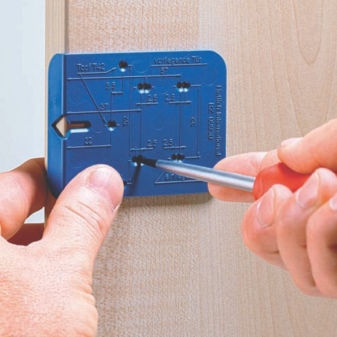

Important: if you intend to put several loops, they should all be placed at an equal distance from each other.
It is more difficult to mark the place of attachment of the door. It is necessary to install the canvas in the furniture opening, mark the areas for further insertion of the hinges - they should be located exactly opposite those that are marked on the sash. In this case, it is necessary to maintain even gaps on the sides. Sometimes it is easier to first fix the hinges on the base, and only then mark the place of its attachment on the sash. It will be easier if the hinges have the ability to adjust the position of the sash in the opening.
After preliminary preparation, you need to move on to the sidebar. First, you need to form a small recess for the device overlay. This can be done manually using a hammer with a chisel. The notch is knocked out by lightly tapping the tool along the outlined contour, while the depth should exactly match the thickness of the loop itself.
Next, grooves should be made, for this you need a drill and a special milling nozzle for it. Start the electric drill and, with light pressure movements, mill the end of the door leaf.

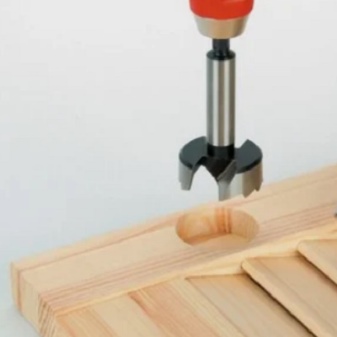
Deepening sometimes needs to be done not only in the sash, but also in the furniture wall. It is done in a similar way. All work, with the appropriate skill, usually does not take much time.
The grooves must be carefully cleaned on the inside to get rid of irregularities and knots, as they can interfere with the further installation of the hinges.
Installation is carried out in several steps:
- place the loop into the formed recess and fix it firmly;
- drill small holes for screws;
- insert screws into the resulting holes and tighten them tightly.
When performing work, it is very important to prevent skewing.
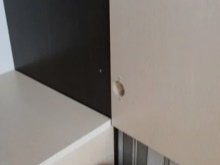
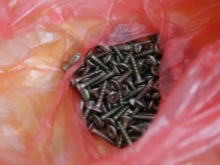
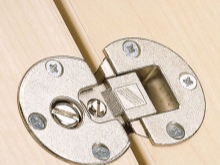
For information on how to attach secret loops, see the next video.













The comment was sent successfully.